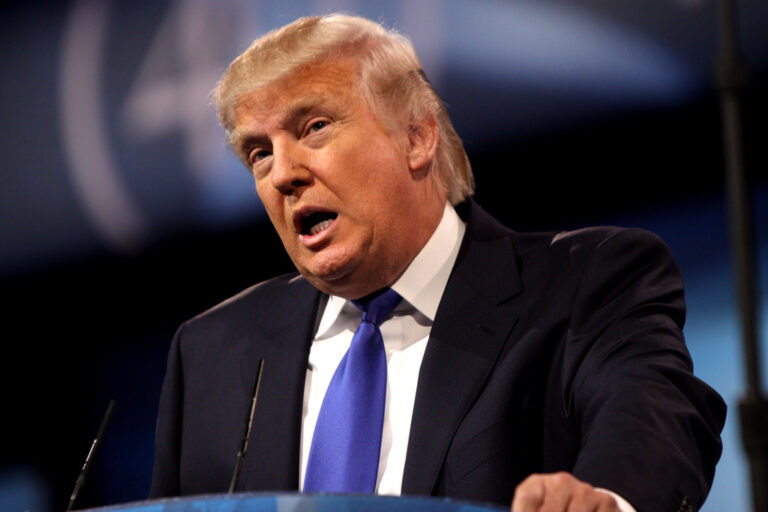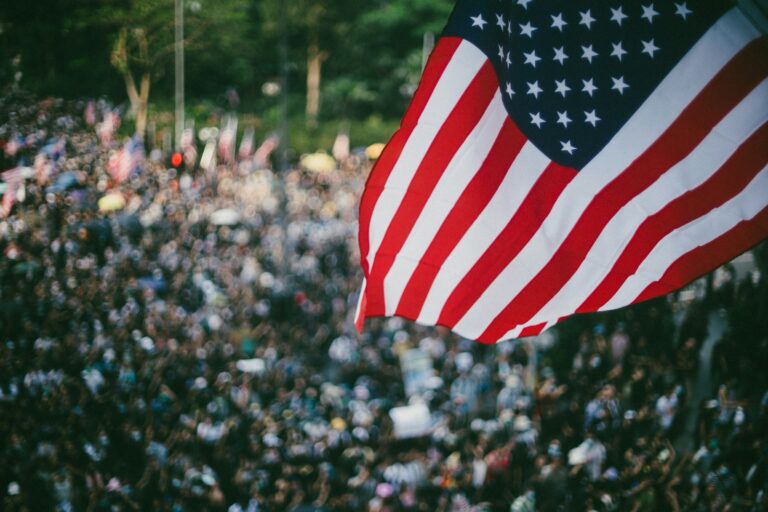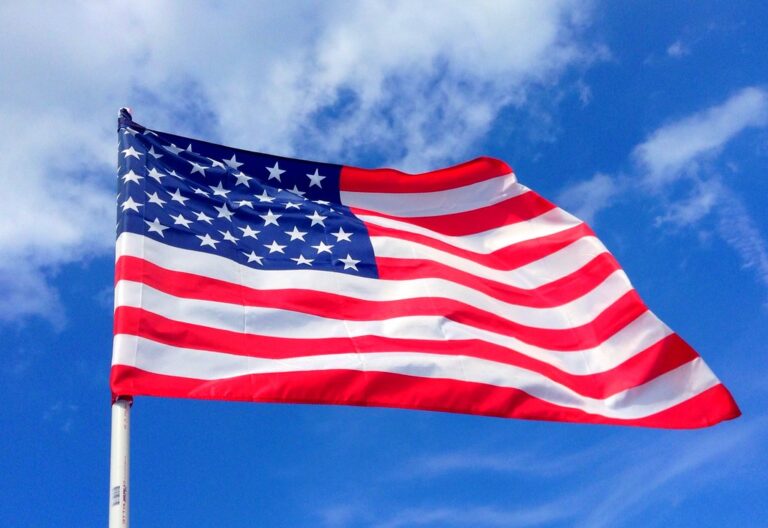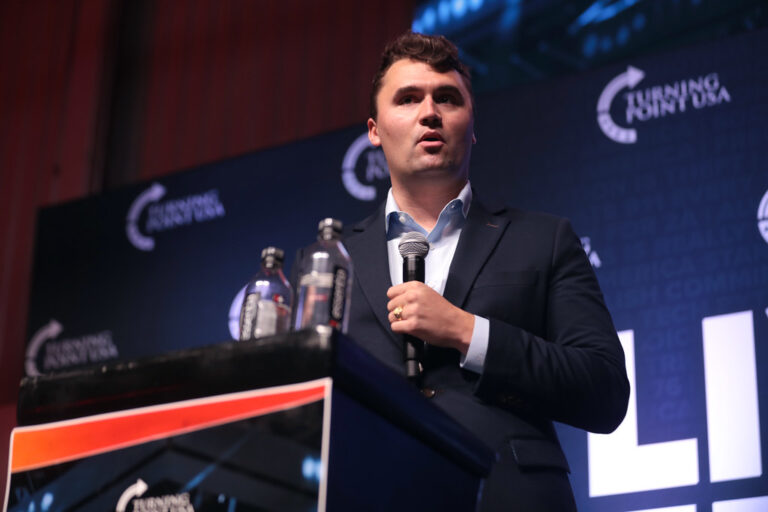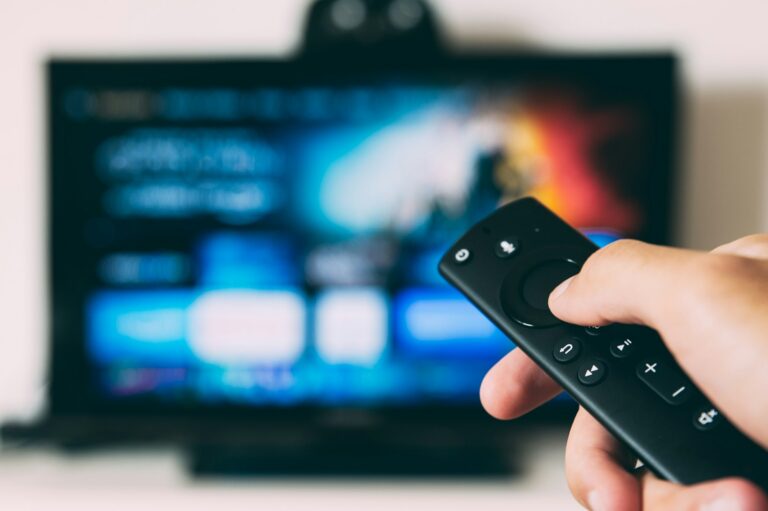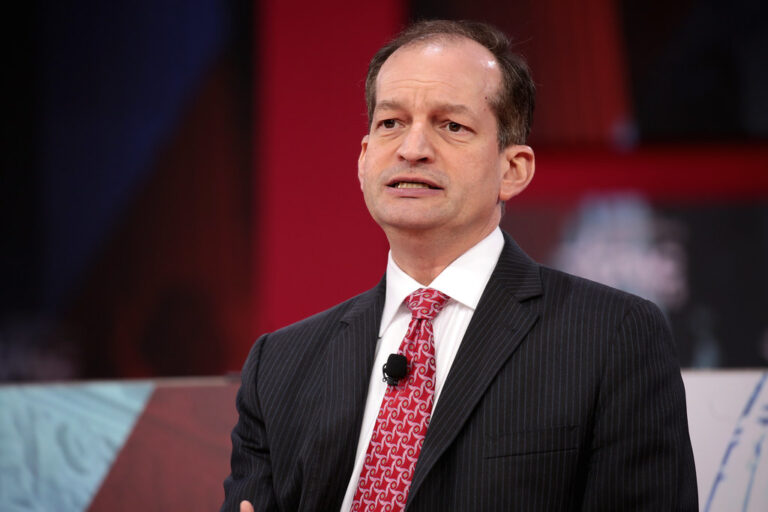Key Takeaways:
- Over 80% of Americans prioritize protecting free speech over limiting harmful or offensive opinions.
- A growing number believe restricting speech can harm democracy more than open discussion.
- Both political sides show strong support for free expression, despite disagreements on boundaries.
- Younger Americans tend to support free speech slightly less than older generations, but still a majority agree it’s essential.
The Free Speech Debate in America
Free speech is a basic right in the United States. It gives people the freedom to share ideas, beliefs, and opinions without fear. But in today’s world, many are asking: What happens when speech becomes hurtful or divides people? Should it still be protected?
A new national survey brings this question back into the spotlight. The results? Most people across the country say: yes, free speech matters — more than controlling speech that may offend or divide.
This article dives into the findings of that survey and explores why the right to free speech continues to be one of America’s most important values.
Why Free Speech Still Matters
The survey found that a large majority of Americans believe free speech is worth protecting, even if it leads to uncomfortable conversations. In fact, over 80% of those surveyed say it’s better to allow free speech for everyone than to limit it in order to prevent offensive content.
This shows that Americans still value open conversations, argument and debate, even when topics get tricky.
People worry that once speech begins to be limited, there’s a risk of losing the ability to think and speak freely. A world where people can’t speak up can become dangerous, especially in a democracy where different opinions help shape the laws and ideas that affect us all.
Generational Differences on Free Speech
While support for free speech is strong across all age groups, there are some differences depending on age. Older adults are more likely to strongly support protecting speech, no matter how controversial.
Younger people still support the value of free speech, but a bit less than older generations. Many younger Americans are more focused on making sure speech doesn’t harm others, especially those in minority groups.
Still, even among younger adults, free speech remains a top priority.
A Shared Value Across Party Lines
Political disagreements are normal — especially in the U.S., where opinions on issues can vary a lot based on party preference. But when it comes to free speech, something surprising happens: both sides agree.
The survey shows that Democrats and Republicans both strongly support protecting free speech. While one group may interpret “offensive speech” differently than the other, both believe that being able to express ideas openly is key to keeping the nation free.
This shared value reminds us that some American freedoms truly unite us — even in divided times.
Where the Line Gets Blurry
While many Americans agree free speech is important, the real question is: where is the line? Should hate speech be protected? What counts as harmful versus simply unpopular?
People often disagree on these points. Some think any kind of speech, even if hurtful, should be allowed if it doesn’t lead to violence. Others think there should be limits on speech that encourages hate or targets specific groups unfairly.
The survey suggests most Americans believe that even tough, unpopular ideas should be allowed in public discussion. Many fear that banning certain speech might lead to more censorship overall, which could silence voices that need to be heard.
Free Speech in the Digital Age
The internet and social media have changed the way we speak — and who hears us. Now, one person’s comment can reach millions with the click of a button. This makes the free speech conversation even more complex.
Tech companies like social media platforms often decide what speech is allowed on their sites. This raises new questions: Should tech companies have the power to remove posts? Should people be banned for their opinions?
The survey hints that, while Americans do want platforms to block dangerous content like threats or violence, they don’t want companies controlling which opinions can be shared.
So overall, people are looking for a balance — a place where harmful content isn’t encouraged, but free speech is still protected.
Free Speech and the Classroom
Another area where free speech is under the spotlight is in schools and universities. Some students and teachers feel nervous about sharing their real opinions in class.
They fear backlash or punishment for holding unpopular views. The survey shows this concern is growing — especially at colleges, where free speech should be protected the most.
More and more people argue that learning and debate go hand-in-hand. If students aren’t allowed to challenge ideas or share different views, the point of education is lost. As a result, many now push for stronger rules that clearly protect academic free speech, no matter the topic.
Free Speech Reflects American Identity
Free speech has always been part of the American idea: the belief that all people should be able to speak their mind. When people bring new ideas to the table — even ones some don’t like — society has a chance to change, grow, and improve.
The survey confirmed what many already sensed. Even with rising tensions and more heated debates than ever, Americans still trust in free speech. They see it not only as a right, but a responsibility — a way to protect the country from future harm.
The Bottom Line on Free Speech
Many people worry about the words others use. They want to stop hurtful language. That’s understandable. But when it comes down to choosing between censorship and communication, most Americans prefer the freedom to speak openly.
This doesn’t mean people want chaos — they simply believe the best way to solve problems is to talk about them, not hide them. Free speech encourages truth, challenge, and progress.
In short, Americans may not always agree on what to say — but they agree on the right to say it.
FAQs
Why is free speech so important in America?
Free speech allows people to share ideas, challenge authority, and support change. It’s key to a healthy democracy.
Is hate speech protected under free speech laws?
Hate speech is often allowed under the First Amendment unless it directly incites violence or illegal action.
Do young people care less about free speech than older ones?
Younger Americans still mostly support free speech, but they’re more likely to support rules against offensive or harmful speech.
Can tech companies limit free speech?
Tech companies can set rules on their platforms, but many people believe they should not block speech based on personal opinions.



